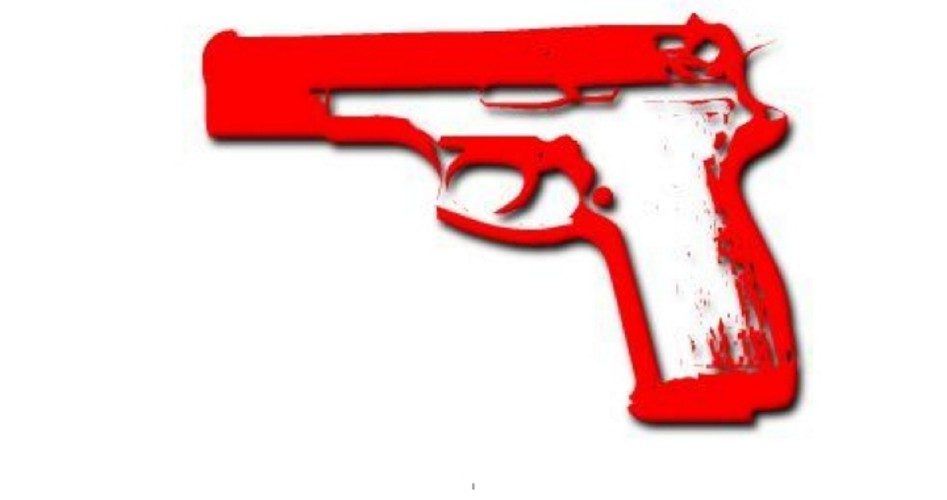
On November 7, the First Committee of the United Nations General Assembly voted 157-0 (with 18 abstentions) in favor of Resolution L.11 that will finalize the Arms Trade Treaty (ATT) in March 2013.
China, the United Kingdom, and Germany all voted to move the historic measure toward passage.
As we have reported, when the treaty was being deliberated in July, the United States was the only obstacle preventing the global arms control regulations from being imposed on the world.
Miraculously, however, all the points of the agreement Secretary Clinton found so distasteful in the summer were made so much more palatable after President Obama’s reelection, and every single attack on the right to bear arms remains in the version of the treaty approved on November 7.
Within hours of his securing his reelection, President Obama placed a late night call to the U.S. United Nations delegation ordering them to vote in favor of a passage of L.11.
As soon as news of the U.S. policy 180 was confirmed, a new round of negotiations on the treaty was scheduled for March 18-28 at the UN headquarters in New York City.
That was immediately followed by a press release sent out early the next morning from the United Nations General Assembly’s First Committee proclaiming the good news of President Obama’s go-ahead for the gun grab and setting the agenda for the next gun control conference.
Also kindling discussion among delegations was a draft resolution aimed at building on the progress made toward the adoption of a strong, balanced and effective arms trade treaty. That text would decide to convene the “Final United Nations Conference” for the creation of such a treaty in March 2013.
Also by that resolution, the draft text of the treaty submitted by the conference’s president on July 26 would be the basis for future work, without prejudice to the right of delegations to put forward additional proposals on that text.
The U.S. government was now placing its full weight behind convening a “Final United Nations Conference” for the proposal of a treaty imposing worldwide gun control regulations.
In July, 51 senators sent a letter to President Obama and Secretary of State Hillary Clinton encouraging them to “not only to uphold our country’s constitutional protections of civilian firearms ownership, but to ensure — if necessary, by breaking consensus at the July conference — that the treaty will explicitly recognize the legitimacy of lawful activities associated with firearms, including but not limited to the right of self-defense.”
The failure to pass an acceptable version of the treaty in July is in the president’s rearview mirror, however, as Reuters reports that “adoption of a strong, balanced and effective Arms Trade Treaty” could be imminent.
Reuters quotes Brian Wood of Amnesty International:
After today’s resounding vote, if the larger arms trading countries show real political will in the negotiations, we’re only months away from securing a new global deal that has the potential to stop weapons reaching those who seriously abuse human rights.
The definition of an “abuse” of “human rights” will be left up to a coterie of internationalist bureaucrats who will be neither accountable to nor elected by citizens of the United States.
With good reason, then, gun rights advocates oppose approval of this treaty.
After all, it does seem more than a little incongruous that a nation that places such a high value on gun ownership that it enshrined it in its Bill of Rights participates in an organization that opposes gun ownership so staunchly that it has an Office for Disarmament Affairs. An office, by the way, that the U.S. Deputy Director, Office of Weapons Removal and Abatement, Bureau of Political-Military Affairs, Steven Costner, proudly announced would be moving from Geneva to New York City.
Lest anyone believe the U.S. delegation official’s promise to Reuters that “we will not accept any treaty that infringes on the constitutional rights of our citizens to bear arms,” consider the fact that a report issued after the conclusion of the last Arms Trade Treaty (ATT) conference in July listed the goal of the agreement to be UN control of the “manufacture, control, trafficking, circulation, brokering and trade, as well as tracing, finance, collection and destruction of small arms and light weapons.”
That is a very comprehensive attack on “all aspects” of gun trade and ownership. Notably, the phrase “in all aspects” occurs 38 times in the draft of the ATT. The United Nations will control the purchase of guns and ammo, the possession of guns and ammo, and any guns and ammo not willingly surrendered to the UN will be tracked, seized, and destroyed.
A question that must be considered is what the UN will consider “adequate laws.” Will the globalists at the UN consider the Second Amendment’s guarantee of the right to keep and bear arms without infringement to be a sufficient control on gun ownership?
The effort at eradication of private gun ownership is more insidious than it appears, however. On page 25 of the 1997 UN Secretary General’s Report on Criminal Justice Reform and Strengthening Legal Institutions Measure to Regulate Firearms (of which the United States was a signatory), a part of the regulations agreed to by the United States is the administering of a psychological test before a person is cleared to buy ammunition.
Apparently, the UN recognizes that without ammunition a gun is no more than a club, so in order to effectively disarm a population, the UN does not need to seize all the weapons; it merely has to prevent purchase of ammunition.
How does the ATT (and the Programme of Action that undergirds it) propose to enforce this anti-gun agenda?
Section III, Paragraphs 7 and 8 of the Programme of Action mandate that if a member state cannot get rid of privately owned small arms legislatively, then the control of “customs, police, intelligence, and arms control” will be placed under the power of a board of UN bureaucrats operating out of the UN Office for Disarmament Affairs.
This provision includes the deployment of UN peacekeeping forces in a member state to seize and destroy “weapons stockpiles.”
Again, no definition of stockpile, but by that time it will be too late to make that argument.
In order to assist these blue-helmets and their disarmament overlords in their search and seizure of this ammunition, Section III, Paragraph 10 mandates that member states develop technology to improve the UN’s ability to detect stockpiles of ammo and arms.
This will be made much easier when the Department of Homeland Security (DHS) gets its hands on the portable invisible lasers developed by Genia Laboratories (a company created by CIA offshoot In-Q-Tel) that can detect even trace amounts of gun powder from over 50 yards away. The laser reportedly can penetrate walls, glass, and metal. DHS is scheduled to take possession of the devices before the end of the year, according to testimony presented on Capitol Hill late last year.
The UN’s effort to collect ammo from those they wish to oppress (a disarmed society is a slave society) is nothing new. The “shot heard ’round the world” on Lexington Green in 1775 was fired because British troops planned to seize the ammunition stockpile stored outside of Lexington.
Perhaps our reporting on the president’s late-night call putting the wheels of global gun control in motion will awaken modern Americans to the threat to our sacred Second Amendment rights. After all, it was a late night call that roused sleepy colonists in defense of their right to bear arms, as well. This time, however, it is not the British who are coming for our guns and ammunition, but it is the United Nations and agents of our own federal government.


